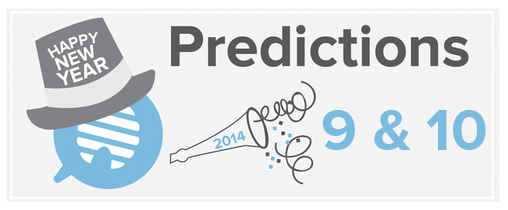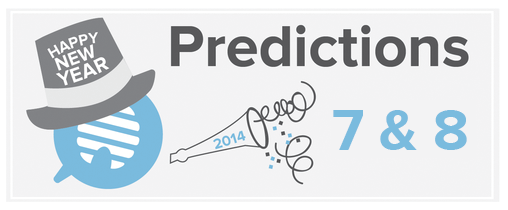Source: Marked Lines
Today, content marketing is the strategy everyone seems to be talking about, as a low-cost way to re-invigorate business-to-business marketing, drive more leads, and create more engagement. And the poster child for content marketing is – of course – the infographic.
For those not in the know, Content Marketing is defined as a strategy where you create and distribute
relevant and valuable content to attract, acquire, and engage a clearly defined and understood target audience – with the objective of driving profitable customer action. (Source: Junta42.)
Notice that last bit – driving profitable customer action. What a lot of people don’t seem to understand or appreciate is that content marketing takes the development of compelling content plus an indepth understanding of the marketing funnel at your company. Development of great content is not enough … you must link the content you develop directly to the marketing funnel in order to succeed.
Let me explain. We recently worked with a client who was obsessed with creating an infographic and seeing it “go viral.”
We love infographics. While not the easiest form of content to develop as part of your content marketing strategy, they have a number of advantages, including the fact that they particularly appeal to the media, to the Millenial Generation which is unlikely to read anything like a white paper, and they are one of the types of content most likely to be shared. The flip side of this is that infographics are not the easiest form of content to develop … unless you have professional resources like ourselves on your side. (It takes chops in graphics, copywriting, information architecture, and the like to do content development right.) What makes an infographic go viral? Well – that’s the topic of a different blog posting – but if your are interested check out this post here as well as this awesome guide to what it really takes to create compelling content which is the minimum bar for entry for something that will go viral according to the nice folks at distilled.net
Now here’s where it gets interesting. The client with the obsession worked with us to create a great infographic. (Most great content strategies – like the best and shiniest content we develop – happens when the agency and the client go heads down and collaborate together for content development.) The infographic we did got picked up by the media and got downloaded a lot. In other words, this was – yes! – compelling content. Or in layman’s terms … it rocked.
For content development purposes, the content we developed failed at its main mission. There is not one sale we can attribute to downloads of the infographic. Why? The content contained in the infographic did not help move the prospect from persuasion to conversion to sale, or through the marketing funnel. &What could have worked better?
For content strategy purposes we tested two offers with this client – the infographic versus a testimonial video designed to match the exact demographics of the potential customer. The testimonial approach proved far more effective at moving the customer towards the sale. Here’s the relevent data so you can see the impact developing the right content can have on revenue:
Now, there’s nothing revolutionary, new, or even different about a testimonial video. Here we did 6 videos – 1 to match each of 6 customer personas or types. What worked here for content development purposes is that each video was crafted to persuade a particular type of customer, to move them towards conversion and the sale. This turns out to be a best practice – matching the content you develop to the specific persuasion needs and wants and hot buttons of your prospect.
The bottom line: content development and content marketing can’t happen in a vacuum. The best content strategies start by looking at your marketing funnel and working backwards to determine the types of content most likely to move your prospect from persuasion to conversion.


